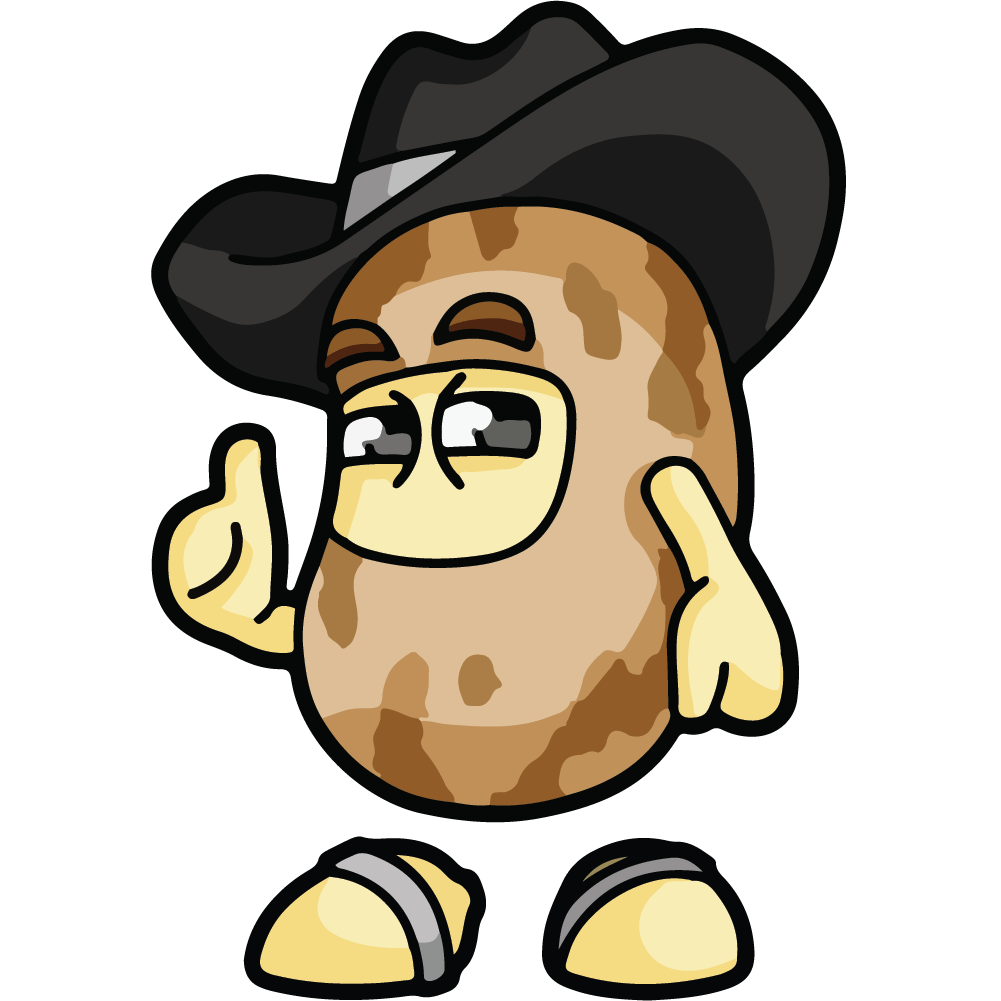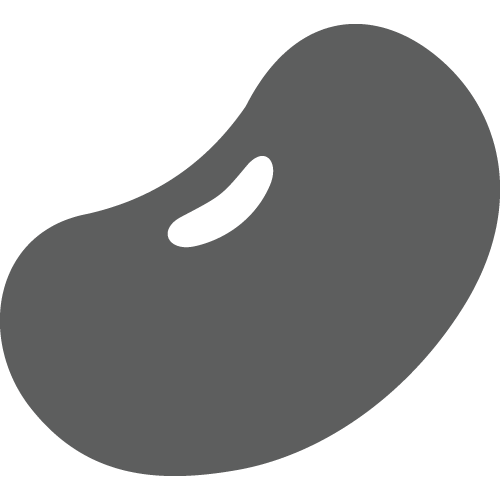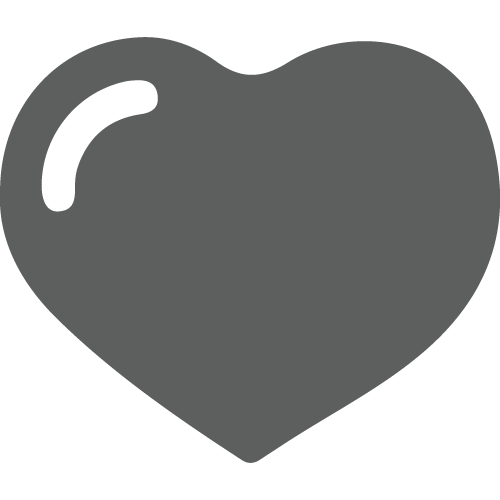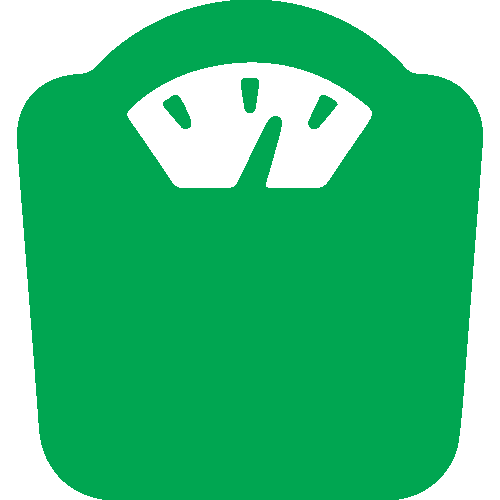
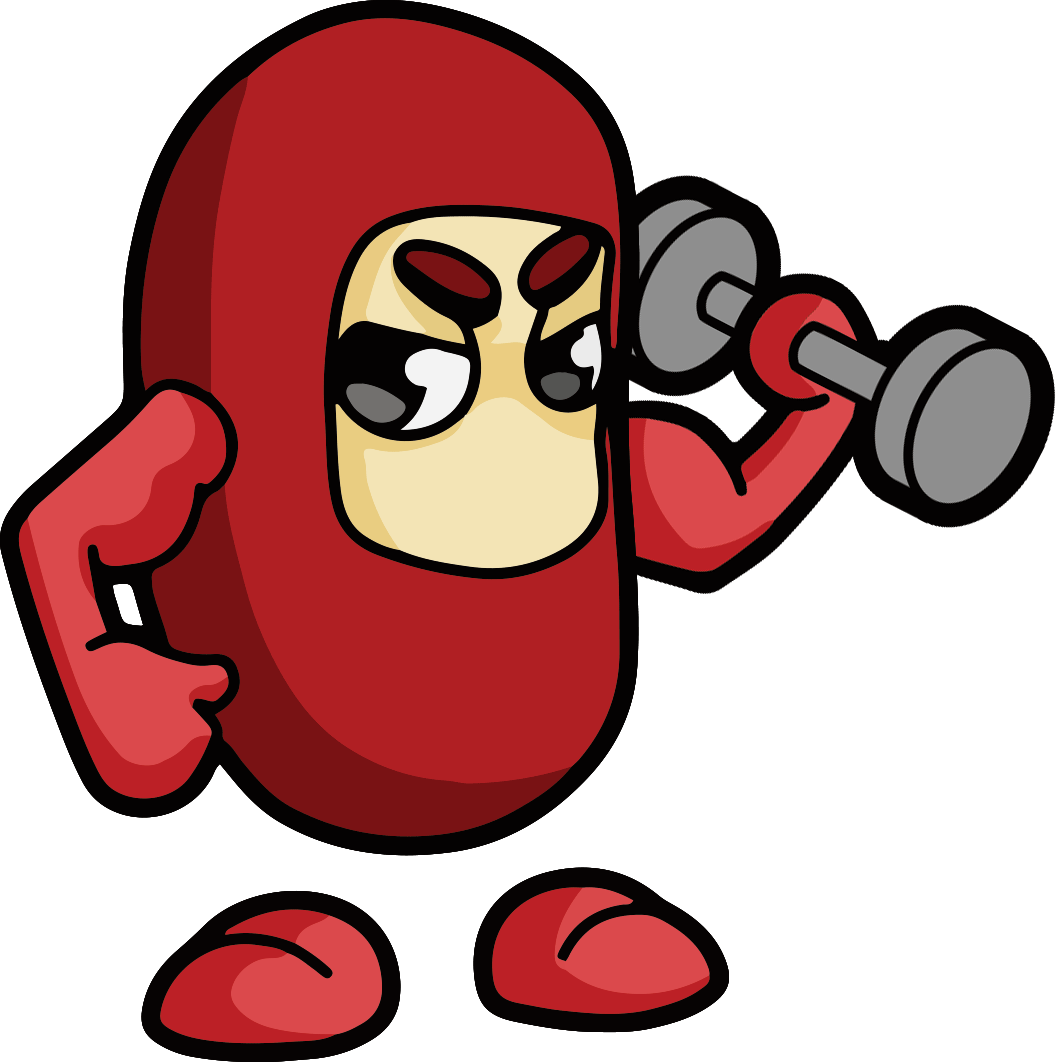
A Healthy Diet
Each person has diferent nutritional needs. These will depend on the age, body mass, genre, physical activity and physical status of each individual (growth period, pregnancy, breastfeeding, etc.)
A balance diet is the group of foods and preparations consumed every day and it is the food intake unit. To make this diet right, it must be taken into account the following characteristics:
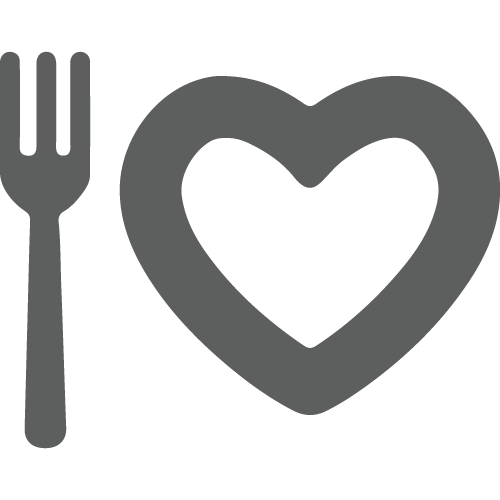
Variety:
Integrating defferent foods from each group during the day.
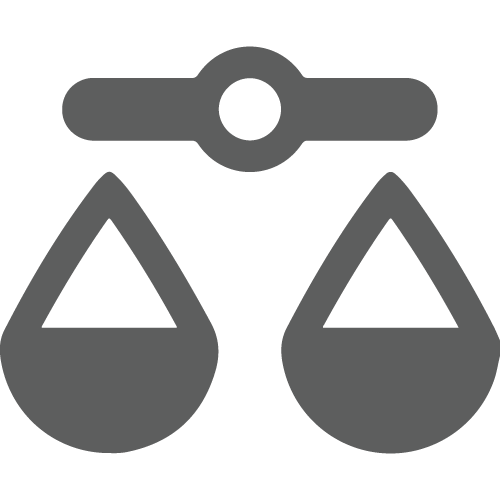
Balanced:
The nutrients must proportionally equal.
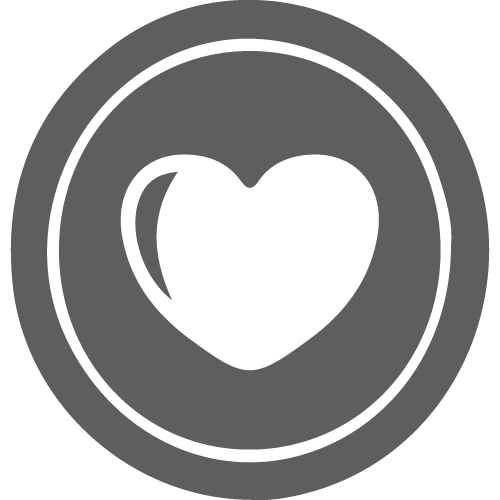
Sufficient:
Intends to fulfill the nutritional needs that people require.
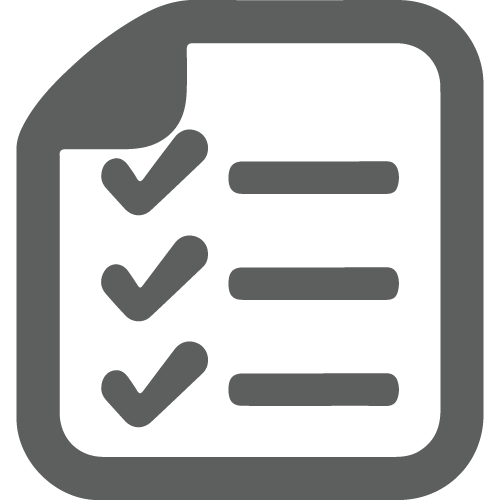
Complete:
Include a food of each group of the Food Plate.

Adequate:
In accordance with the taste, budget abd the culture of the consumer, not sacrificing the basics.
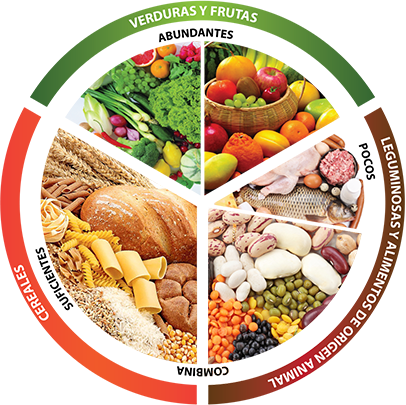
Beans in the Food Guide:
Dry beans are the mature forms of legumes such as kidney beans, pinto beans, lima beans, and black beans. These foods are excellent sources of plant protein, and also provide other nutrients such as iron and zinc. They are similar to meats, poultry, and fish in their contribution of these nutrients. Many people consider dry beans as vegetarian alternatives for meat. However, they are also excellent sources of dietary fiber and nutrients such as folate that are low in diets of many Americans. These nutrients are found in plant foods like vegetables.
Because of their high nutrient content, consuming dry beans is recommended for everyone, including people who also eat meat, poultry, and fish regularly. The Food Guide includes dry beans and peas as a subgroup of the vegetable group, and encourages their frequent consumption—several cups a week—as a vegetable selection. But the Guide also indicates that dry beans and peas may be counted as part of the “meat, poultry, fish, dry beans, eggs, and nuts group. Dry beans and peas can be counted either as vegetables (dry beans and peas subgroup), or in the meat, poultry, fish, dry beans, eggs, and nuts (meat and beans) group.”
Source: www.choosemyplate.gov
